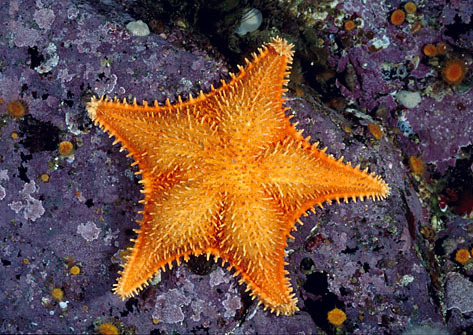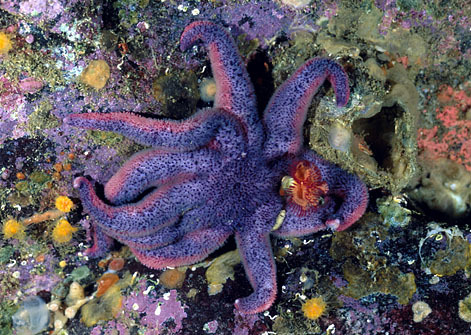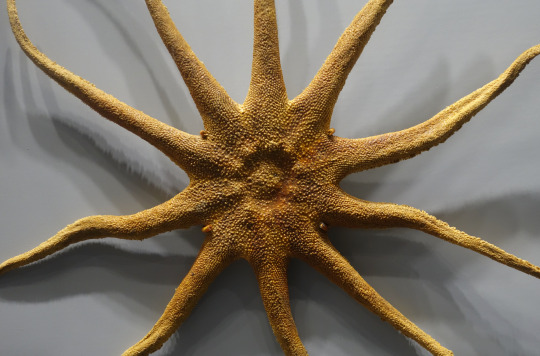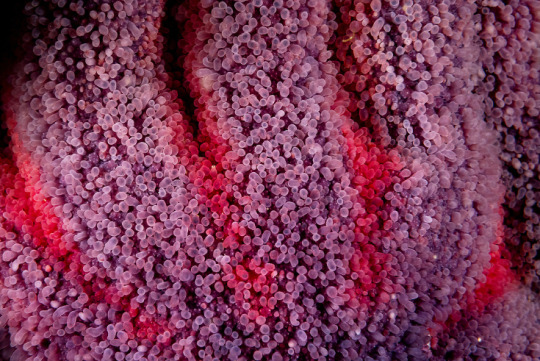#Solaster stimpsoni
Text




Sea stars by David Hall
Top left: Ocellate sea star (Nectria ocellata)
Top right: Spiny sea star (Hippasteria spinosa)
Bottom left: Stimpson's sun star (Solaster stimpsoni)
Bottom right: Ochre sea stars (Pisaster ochraceous)
#sea stars#starfish#nectria#nectria ocellata#hippasteria#hippasteria spinosa#solaster#solaster stimpsoni#pisaster#pisaster ochraceous#ocellate sea star#spiny sea star#stimpson's sea star#ochre sea star#ocean#sea#coral reef#marine#marine life#marine invertebrates#cnidaria#animals#nature
11 notes
·
View notes
Text

Solaster stimpsoni
Sea star specimen at the Harvard Museum of Natural History, Cambridge, MA.
#Sony#WalkCam#RX100M2#fauna#Sea Star#Solaster stimpsoni#museum#HMNH#Harvard Museum of Natural History#Cambridge#Massachusetts#USA
3 notes
·
View notes
Note
Do you know anything about the sea stars in the Salish Sea? I've heard they're particularly brightly colored compared to those in other areas
Yes! We've got a lot of really great sea stars out here!
(Thanks for the ask <3)
Here's some of the species I've seen over the years:











Slime Star, Pteraster tesselatus: When threatened, this sea star can create a massive amount of slime! This is why when they are collected they are generally put in their own bucket to prevent them from covering everything else in goo.
Slime Star, Pteraster tesselatus (center) and Henricia sp. (smaller orange star): The center star is another color morph of the species of slime star from the first photo. I include it because I think its really interesting just how different the sea stars can look even within their own species.
Ochre Star, Pisaster ochraceus: This is one of the best known sea stars in the region. It's a keystone species, which means it interacts with a lot of different parts of the food web, so changes in the ochre star populations can cause huge ecological ripples.
Blood Star, Henricia sp.: This is anecdotal, but I think this is one of the sea stars I see most commonly, especially in the intertidal. This might partly be because of their bright color.
Henricia spp.: I think these are both Henricia but there are a lot of different species and I'm not confident at differentiating them.
Six-Rayed Star, Leptasterias sp.: These sea stars brood their young, which means rather than releasing their eggs into the water like many marine inverts, they keep them inside while they develop.
(maybe) Solaster endeca: Both species of Solaster up here can have parasitic scale worms which are super cool looking (Jensen et al 2018).
Striped Sun Star, Solaster stimpsoni: This sea star mostly eats sea cucumbers, which I thought was super interesting (Jensen et al 2018).
Rose Star, Crossaster papposus: This species can live over 20 years (Jensen et al 2018).
Sunflower Star, Pycnopodia helianthoides (adults): The sea star at the surface is actually begging for food. These sea stars were being studied by the Hodin Lab, where they are working on rearing sunflower stars in captivity to better understand their life cycles and as a possible way to bolster wild populations if re-introduction is determined to be ecologically safe.
Sunflower Star, Pycnopodia helianthoides (juveniles): These are some of the first young sunflower stars raised in the Hodin Lab.
I've also raised Pisaster ochraceus from fertilization into larvae so if you want to hear about that, I'd be happy to make a separate post!
All identifications and any of the facts that are specifically marked were referenced from Jensen et al. Beneath Pacific Tides. MolaMarine, 2018.
All photographs by JA Fields, do not repost without express written permission.
*If you appreciate the work I do, you can support me through sharing my work, tipping me, or buying my art prints or embroidery.*
#ask and i shall infodump#sea stars#echinoderms#asteroidea#salish sea#marine biology#marine life#sea creatures#my marine life photos
9 notes
·
View notes
Photo

Solaster stimpsoni “Stimpson’s Sun Star” Asteroidea, with
Ulva lactuca “Sea Lettuce” Chlorophyta
Point Robinson, Vashon Island, WA
July 4, 2012
Robert Niese
Solaster sea stars tend to be a more subtidal echinoderm, so we only really get to enjoy them as beachgoers at especially low summer tides. This species is a voracious hunter of sea cucumbers which are common in rocky inter- and subtidal ecosystems. However, this individual was hunting in open sand before it was stranded by the tide, which suggests it might have been feeding on the plentiful sea pens which occur in these areas instead. This species of sea star is the host of a commensal scale worm which can be found hiding in the groove between the paired tube feet on the underside of each arm.
#Solaster stimpsoni#Solaster#sun star#Stimpson's Sun Star#Asteroidea#Echinodermata#sea star#Ulva#Ulva lactuca#Sea Lettuce#Chlorophyta#algae#sea weed#Point Robinson#Point Robinson Park#Vashon Island#Washington#intertidal#subtidal#Pacific Northwest#natural history#original photography#photography#photographers on tumblr#Robert Niese
50 notes
·
View notes
Photo

Stimpson's Sun Star (Solaster stimpsoni)
Also known as the orange or striped sun star, Stimpson's sun star is a species of Solasterid sea star which occurs in the seas of Japan, and along the western seaboard of North America, ranging from Alaska to central California. S. stimpsoni typically inhabits rocky surfaces in the subtidal and low intertidal zones, where it is a voracious predator feeding on a range of invertebrates.
Classification
Animalia-Echinodermata-Asteroidea-Velatida-Solasteridae-Solaster-S. stimpsoni
Image: Erik Hannon
#Stimpson's Sun Star#Solaster stimpsoni#Orange Sun Star#Striped Sun Star#Echinodermata#Asteroidea#Velatida#Solasteridae#Solaster#Pacific#Ocean
101 notes
·
View notes
Text

Close-up detail of the striped sunstar (Solaster stimpsoni)
Photo by Shane Gross
#Solaster stimpsoni#Solaster#striped sunstar#starfish#sea star#marine#sea#ocean#marine life#purple#marine animals#animals#nature
5 notes
·
View notes

